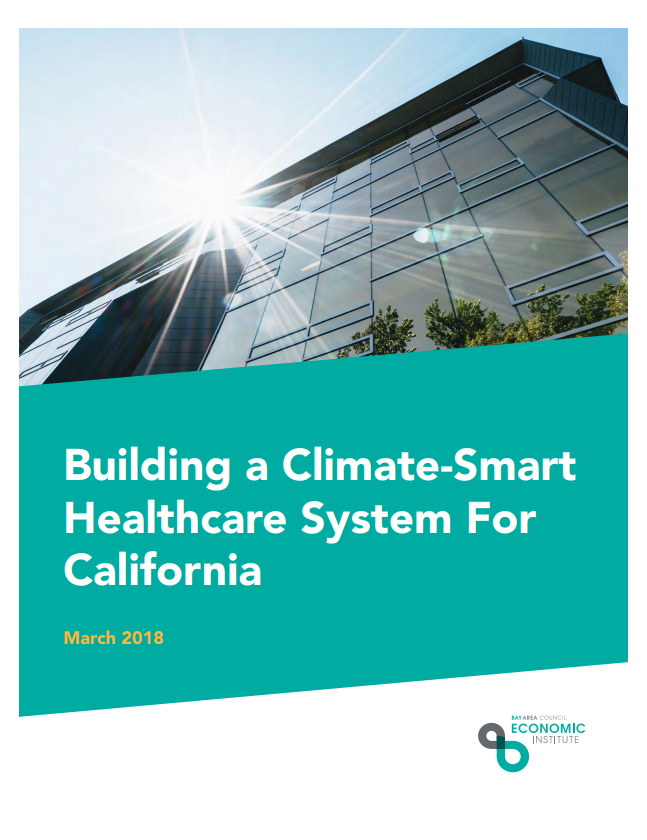Tools and resources
Featured Tools & Resources
Building a climate-smart health care system for California
- Climate and Health
- Report

World Bank climate-smart health care
- Climate and Health
- Health Care Without Harm
- World Bank
- Report
Safe haven in the storm: Protecting lives and margins with climate-smart health care
- Climate and Health
- Resilience
- Report

Resilience 2.0: Healthcare’s Role in Anchoring Community Health and Resilience
- Climate and Health
- Resilience
- Boston
- Report

U.S. climate resilience: Building health care sector resilience
- Climate and Health
- Resilience

World Health Organization report: Operational framework for building climate resilient health systems
- Climate and Health
- Resilience


Environmentally preferred purchasing specifications and resources guide
- EPP
- EPP Resource
- Guide
- Guide
- Supply Chain

Hazardous waste characterization
- Waste
- Medical Waste
- Hazardous and universal waste
- Guide

Green Cleaning Products
- Chemicals
- Green Cleaning

Join Practice Greenhealth
Practice Greenhealth is the health care sector’s go-to source for information, tools, data, resources, and expert technical support on sustainability initiatives that help hospitals and health systems meet their health, financial, and community goals.
